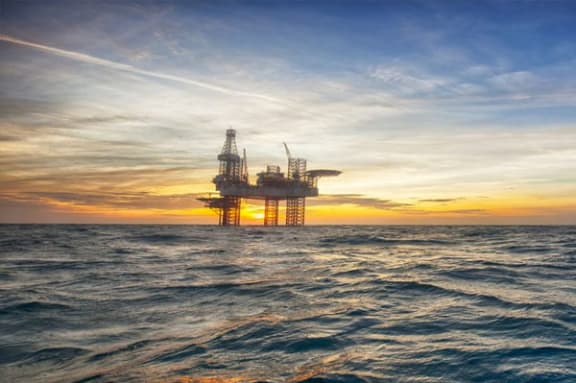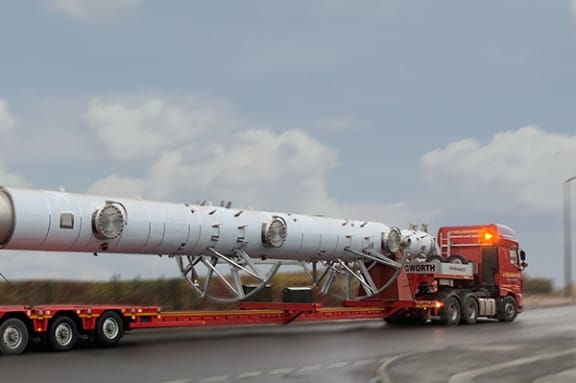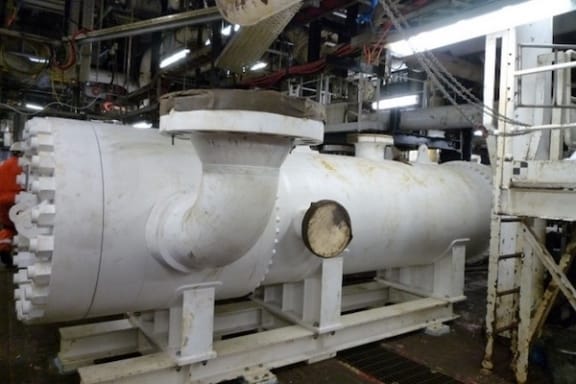North Sea oilfield operators have reduced the frequency of downtime by 19.2 per cent in the year to September 2019, according to the Glacier Production Index*.
The Index charts the frequency with which oilfields in the North Sea report zero production compared to those successfully exporting oil into pipelines in any given month.
The latest figures reveal a successful year-on-year reduction in downtime in the year to September. In 2018, North Sea oilfields recorded 307 individual months of no production in the year to September; in the same period last year, that figure had reduced to just 248 – a 19.2 per cent decrease.
Overall production remained steady in that timeframe, meaning the reduction in downtime converted directly into uptime. Offshore rigs exported an estimated $11.1 billion (£8.5 billion)*** worth of oil from the North Sea in the first nine months of 2018, when the average level of uptime was 80 per cent. According to the Glacier Production Index, this has since risen to 83 per cent in 2019, potentially resulting in millions of dollars of additional revenue for producers.
Scott Martin, executive chairman of Glacier Energy Services, said: “Planned shutdowns are still the largest source of downtime in the North Sea. Broadly speaking, the less frequently downtime occurs, the more efficient production is likely to be.
“Increasing efficiency has attracted fresh investment in the North Sea, as the industry looks to continually reduce its cost base while extending the lifecycle of its assets. Downtime frequency is just one barometer of how successfully this is being achieved.”
The trend coincides with an industry-wide push to improve efficiency, which according to Oil & Gas UK is at its highest level for a decade**. According to Glacier Energy Services, uptime has exceeded 85 per cent in four of the first nine months of 2019 – each of which are record months since the beginning of 2018.
However, the oilfield services firm warns the downward trend could end in 2020, when the Forties Pipeline System is due to shut down for three weeks. That system is responsible for exporting around 40 per cent*** of the UK’s oil and gas liquids from 80 assets in the North Sea.
Scott Martin added: “The industry is consistently reducing downtime but in modest degrees. That consistent, moderate progress could face a major challenge this summer, as many North Sea assets will have to survive without the most important pipeline system in the basin.”
* The Glacier Production Index tracks the frequency of uptime and downtime amongst offshore UK oilfields on a quarterly basis. The index uses open sourced data from the Oil & Gas Authority to calculate the proportion of oilfields in the North Sea reporting incidences of zero production compared to those exporting oil into pipelines in any given month. In this way, Glacier aims to act as a barometer for efficiency in the UK oil and gas industry, identifying trends in how producers are managing both outputs and rig efficiency.
** https://oilandgasuk.co.uk/wp-content/uploads/2019/09/Economic-Report-2019-OGUK.pdf
*** Calculated by converting the sum total mass in tonnes of oil exported into barrels, then multiplying this figure by the average value of a barrel of oil in 2018.





